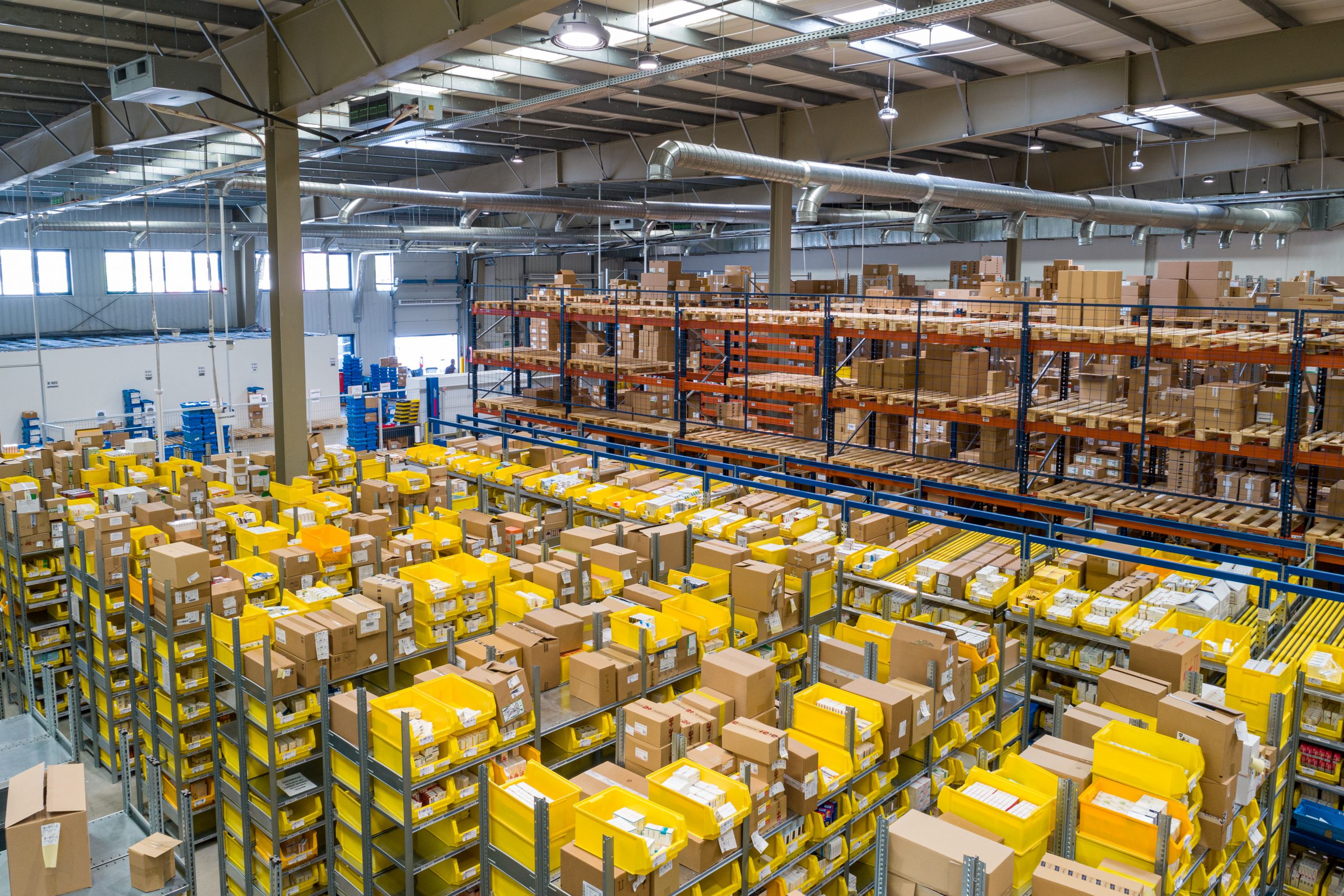Holiday seasons present a challenge for inventory managers. Companies prepare themselves the whole year to avoid stockouts but during holidays the risk can be much higher and cause a lot of damage.
Although it is not an official holiday, Black Friday face the same challenges. If you don’t prepare your stock accordingly you may lose sales, clients and, consequently, profit.
Black Friday is one of the most important dates to the sales sector. In 2019 it increased the sales in more the 20% comparing to the rest of the year. So, what are the main reasons for stockout on this day? And how can you prepare yourself?
Specifics challenges of Black Friday
Several reasons can induce a stockout on a more demanding day. For example, even Black Friday being a delicate day for inventory, it’s common to prepare only for the demand of the day, forgetting that consumers will continue to bay on the “off-day”.
To avoid that you need to start preparing earlier and consider that demand will be higher on the days preceding and succeeding Black Friday. As customers plan their buying earlier, expecting the day, you should start your forecast earlier too.
Another thing you must consider when preparing for seasonal demands is the lead time of your supply chain. Make sure your inventory will reach its replenishment levels before the holiday and that it can secure you through it.
When trying to forecast the demand for Black Friday is good to look at data from previous years, so you can have information about the average percent of increase in sales and the total volume of sales.
Besides that, to further increase the accuracy of the sales forecast the company can look at trends in the market, by which products are being more searched for, increase in the use of the item in the last months or in that region etc.
The challenge of pricing
Its not even necessary to state that the main thing about Black Friday, in costumer’s mind, is the promotions and discounts. Leveling the expectation of clients with a pricing strategy is the key to hold operation and not have stockouts.
Stores must set an attractive price for clients while keeping checkout process working and ensuring that it is delivering what the client wants to buy. Testing prices and possible promotions are a good start to a Black Friday.
So, you need to start testing and developing your pricing strategy a few weeks prior to the day. Besides that, you should keep in mind key objectives with the strategies. A few questions you can ask are:
- What revenue am I expecting with those promotions?
- Which kind of products I’m going to discount?
- Do I want to make new clients with these strategies?
Those answers can set more realistic goals, like expecting what kind of revenue is possible with the strategy, what the effects of a increase in sales will have in the weeks after Black Friday and finally, if the stock policy was effective.
Problems with warehouse
One thing that can happen when you have a high increase in sales is the necessity to access the warehouse more frequently. So, knowing that Black Friday is coming a good thing to do is optimize this connection.
This may be done by routing better access to stock and organizing inventory placing items that are best-sellers in easier places. Also, if the company uses e-commerce and deliver items at home, mapping faster ways to make the trajectory.
This not only will help attending clients in-store but will also increase fulfillment processes. So, you can plan your replenishment before-hand and not suffer with stock shortage.
Excessive stock or Stockouts
But what the opposite case? If you don’t experience stockouts but excessive stock. Holding more inventory than you can sell will result in losses for the business.
One good way to deal with excessive stock is placing higher discounts on those items. This will help sell more and offload the stock, freeing space in warehouse and preventing dead stock scenarios.
Another consolidated strategy is bundling. Which means pairing two products and selling them in a lower price that you would if they were sold separately.
You need to bundle products that are like each other and create a attractive package and deal. A good way to do it is pairing a the slow-selling product with a high-selling one.
Avoid Stockouts
In sum, you need to prepare before-hand to seasonal demand, that includes Black Friday. Problems with performance and scalability of purchases will arrive, the important thing is knowing how to solve them before it leads to stockouts.
The store needs to offer a good experience for customers while keeping stock and efficiency in controlled levels. To do this you need to be able to generate accurate forecasts and make a good strategy.
Some good practices that can help in that moment are:
- Always categorize seasonal periods and products.
- Select efficient inventory models.
- Be aware of product life cycle.
- Keep attention to allocation and warehouse.
- Try to optimize replenishment during seasonal demands.
In the end, understanding the dynamics of the season is fundamental to find the best way of forecasting, purchasing and replenishment. And always keep in mind that seasonal demand behaves differently so it probably will need modifications.
For this, using a tool that helps you improve your sales forecast taking into account seasonal dates and market trends is essential to increase your profit by selling more and decrease your unnecessary inventory costs. Meet Supply Brain!

